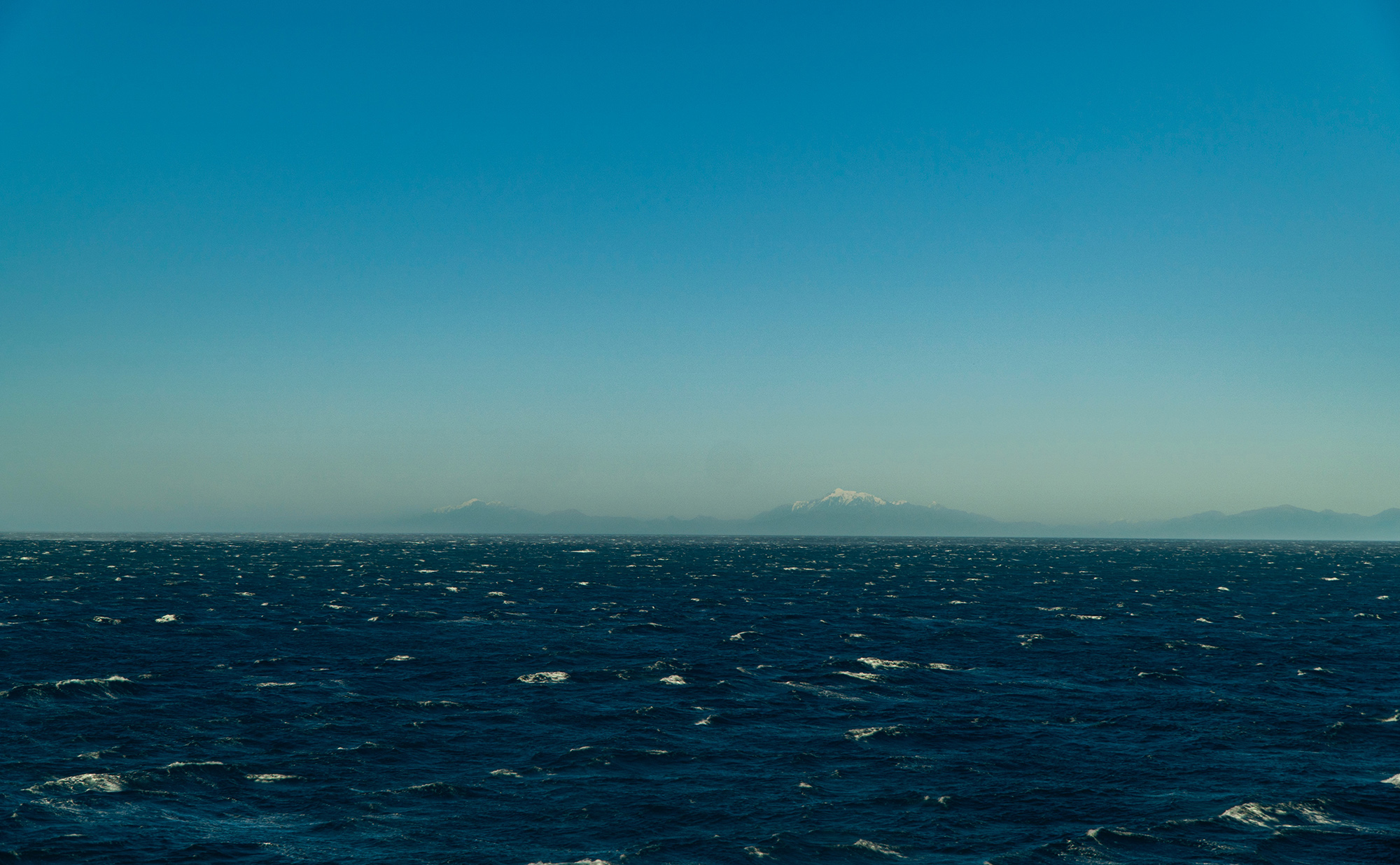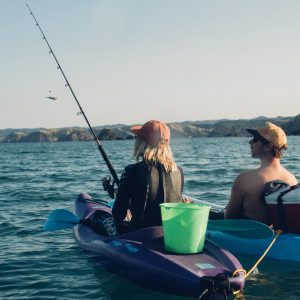Peter van Eekelen is the President of the Pegasus Bay Gamefishing Club, Canterbury.
Q. What’s the problem?
A. Blue cod is an iconic fishery providing for the social, economic and cultural wellbeing of thousands of South Islanders.
There are around 35,000 people who fish for recreation and food off the east coast of the South Island.
Fisheries NZ is concerned about depletion of blue cod. In 2017-18 Fisheries NZ worked with a range of interests, including recreational and commercial fishers, to develop the National Blue Cod Strategy.
In July last year Fisheries New Zealand introduced a traffic light system that is unfair. In some areas, including around Christchurch, the daily bag limit has dropped from 30 to 2 a person.
Fishers now have to travel further afield, and fishing is now being displaced into other areas around Kaikoura and Moeraki.
Around Otago, fishers can catch up to 15 a day.
Recreational fishers want to look after the blue cod fishery but struggle to accept a 93% cut to their bag limit when bottom trawlers can still operate within sight of the shoreline.
Unlike recreational fishers, commercial fishers can fillet fish and use the carcass as bait.
In 16 of the last 20 years the commercial catch limit has been exceeded and Fisheries New Zealand has made no practical attempts to constrain catch to the total allowable commercial catch limit.
And, the Ministry’s chief executive lets commercial fishers take around 10,000 blue cod in a year as “recreational” catch.
Q. Surely there are other fish to fry?
A. Recreational catch has been limited by the amount of fish available inshore. A century of bottom trawling off the South Island’s east coast has reduced the numbers and range of fish available to people fishing to put food on the table. Abundant red cod, groper, gurnard, and kahawai schools have long gone and people now rely on taking home blue cod for their family.
Q. What’s the proposed solution?
A. Fisheries New Zealand has proposed 2 unsatisfactory options for the future management of Blue cod 3.
Given that productivity of the marine environment relies on a thriving seabed and restored biodiversity, the priority ought to be shifting bottom trawling offshore and limiting commercial catch to the level set by the Minister of Fisheries.
The New Zealand Sport Fishing Council, LegaSea, the New Zealand Underwater Association and the New Zealand Angling & Casting Association propose another solution: Option 3.
Option 3 is an alternative that seeks to bring equity to fishing off the South Island’s east coast. It also seeks to ban bottom trawling from inshore waters due to the damage caused by dragging chains across the seabed.
The fairest way to remedy the injustice is for the Minister to take a precautionary approach when making decisions for the future management of Blue cod 3.
Option 3 is a 33% reduction to the total allowable commercial catch, a ban on inshore trawling, a reasonable annual recreational allowance and fair rules to manage recreational fishing.
Q. What’s the legal position?
A. The Minister has a legal duty to ensure sustainability. David Parker as Minister for Oceans and Fisheries is required to avoid, remedy or mitigate the adverse effects of fishing on the environment. This is a non-discretionary power. In meeting this requirement David Parker must establish what the effects of fishing are and then take appropriate steps to avoid, remedy or mitigate those effects.
Blue cod prefer habitats with hard seabed or structure, which also supports complex 3-dimensional biodiversity of invertebrates and fish – until they are repeatedly trawled. Let’s ban inshore trawling.
Q. How can we help?
A. Make a submission to Fisheries NZ using this form. It only takes a minute. Submissions are due by tomorrow, Tuesday 27 July 2021.
For more information about Blue cod 3 and the current review click here.




